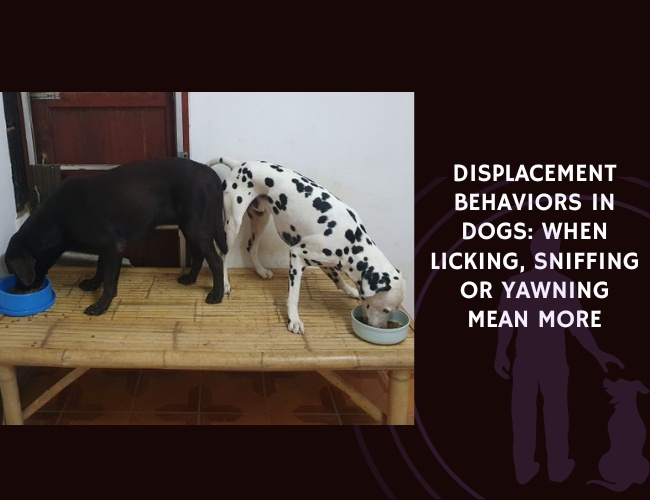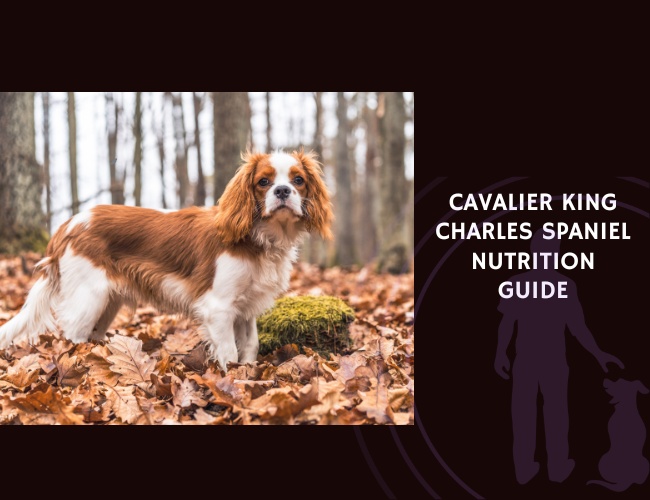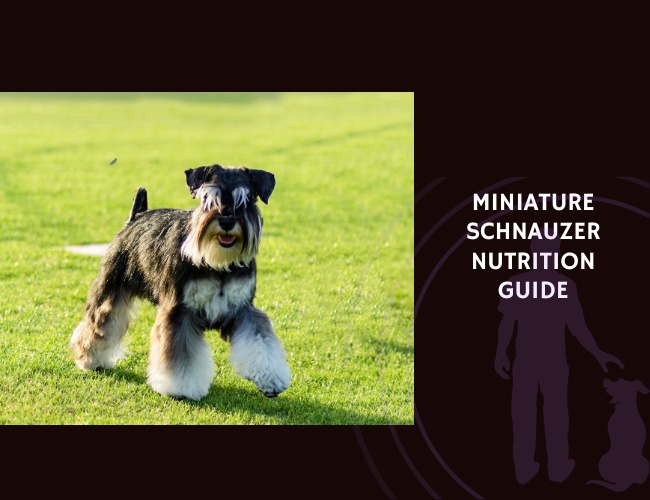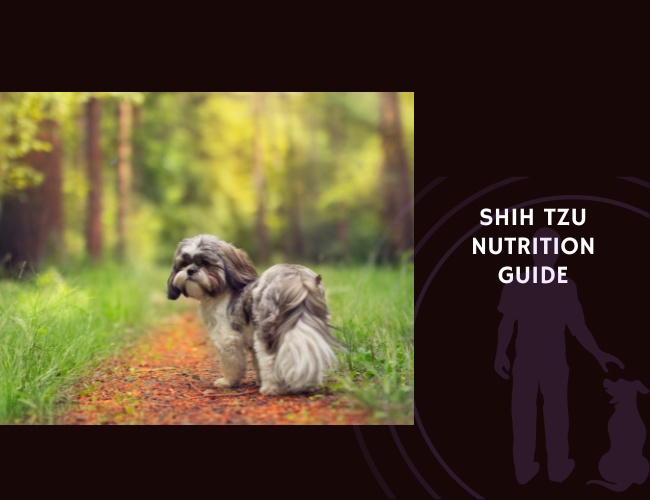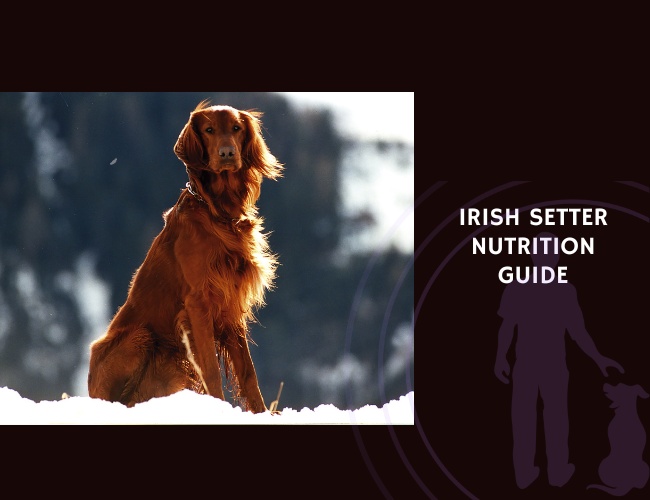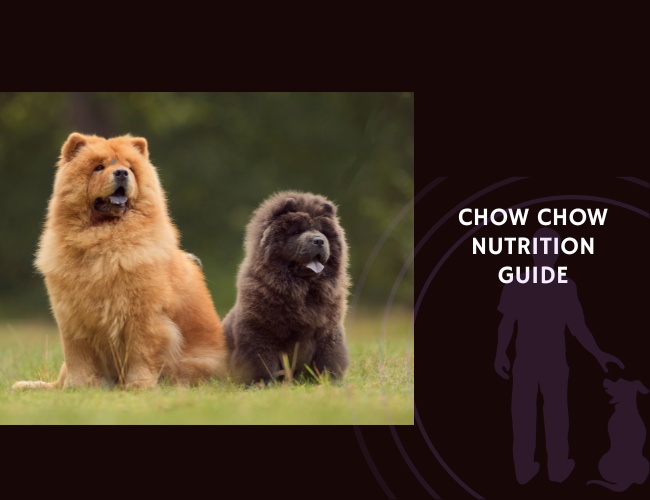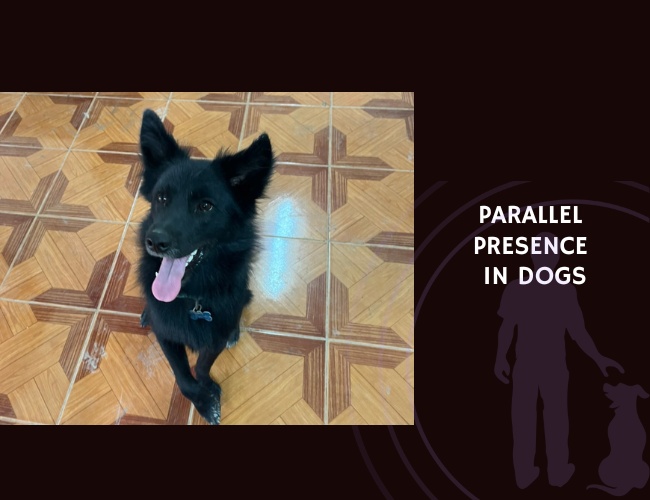Introduction: Decoding Canine Communication
What Are Displacement Behaviors?
If your dog starts licking their lips, yawning, or sniffing the ground at odd moments, it’s easy to brush these off as random quirks. But these actions—called displacement behaviors—are actually your dog’s way of telling you, “I’m feeling a bit conflicted or uncomfortable.” Displacement behaviors are nonverbal cues that appear in moments of emotional conflict, arousal, or stress. Instead of reacting directly to what’s making them uneasy, dogs show these subtle, seemingly unrelated actions. Think of it as your dog’s “nervous fidgeting.”
Why Noticing Subtle Cues Matters
Recognizing displacement behaviors matters so much for both dog owners and trainers. These little signals are an early warning that your dog is stressed, confused, or not sure what to do next. By spotting these signs, we can adapt what we’re doing—slowing down, easing pressure, or giving our dogs space—to support their well-being and help them feel more secure. This understanding prevents miscommunication, keeps training positive, and ensures happier relationships all around. Ignoring these cues can have negative outcomes, like stress escalation or even defensive behaviors.
Key Displacement Behaviors to Watch For
Let’s take a quick look at common displacement behaviors you might see:
- Yawning – Not just from tiredness! It often signals tension or anxiety.
- Lip Licking – A subtle sign that something’s making your pup uneasy.
- Sniffing the Ground – Sometimes a distraction move in a stressful spot.
- Body Shaking – Like they just got out of a bath, but really they’re hitting a reset after a tense moment.
Learning to decode these behaviors will help you know what your dog is feeling, even when they can’t say it out loud. Enhancing your dog’s welfare and your partnership starts by tuning into these minute, meaningful signs.
Next, we’ll dig into the science behind these fascinating canine communications.
Understanding Displacement Behaviors: The Science Behind the Signs
What Are Displacement Behaviors?
Displacement behaviors in dogs can seem puzzling at first. Have you ever noticed your pup yawning, licking their lips, or suddenly sniffing the ground when a situation gets tense? These actions are not random—they are nonverbal signs that your dog is experiencing inner conflict, arousal, or stress. In animal science (ethology), displacement behaviors are described as actions that appear out of place or unnecessary in the moment. They give a peek into your dog’s emotional world, especially when they’re torn between different feelings or unsure how to respond.
Differentiating Displacement, Calming Signals, and Stereotypies
It’s important to tell displacement behaviors apart from similar actions.
- Displacement behaviors are brief, often look random, and pop up when your dog is conflicted internally.
- Calming signals are meant to actively prevent trouble—think of them as your dog’s attempt at de-escalating a situation, like turning away during a tense greeting.
- Stereotypies are repetitive and unchanging habits (like constant pacing or spinning) that tend to signal ongoing or chronic stress.
Displacement is like a pressure valve, giving your dog a quick release when emotions run high, while the others serve different functions.
Why Dogs Use Displacement Behaviors
Imagine your dog wants to greet a stranger but feels a little worried. Instead of freezing or lunging, they might yawn, scratch, or sniff the ground. This isn’t “just being silly”—it’s a release of emotional tension. These behaviors can help dogs feel a bit more in control during confusing or overwhelming moments. Displacement behaviors often surface when motivations clash or when social signals are murky. By recognizing these small gestures, you gain crucial insight and can respond with understanding and support.
With this foundation, you’ll be ready to spot some of the most common displacement behaviors and understand what your dog is really trying to say.
Common Displacement Behaviors and Their Meanings
Understanding the ways dogs show stress or emotional conflict can help you support your pet’s well-being. Displacement behaviors are small actions that might look odd or out of place—think yawning, lip licking, sniffing the ground, or a sudden body shake. While these behaviors can seem harmless, they actually speak volumes about your dog’s current state of mind.
Yawning: More Than Just Tiredness
When your dog yawns during training or in a social setting, it’s not always because they’re sleepy. Yawning is a common signal of anxiety or tension, especially if it happens repeatedly or outside of normal sleep patterns. It’s your dog’s way of releasing emotional tension when they’re feeling unsure or conflicted.
Lip Licking and Ground Sniffing: Subtle Stress Checks
Lip licking is another subtle sign that your dog might be uncomfortable. This behavior is usually quick and easy to miss, but when you spot it during unfamiliar or stressful situations, it’s a gentle red flag. Ground sniffing, on the other hand, is a distracting move. When dogs suddenly start sniffing the ground, especially in the middle of training or in a tense social moment, they’re often redirecting their attention to manage stress or confusion.
Turning Away, Scratching, and Body Shaking: Quick Releases
Sometimes, a dog will turn their head away, scratch an itch that wasn’t there before, or suddenly shake off as if drying after a bath. These actions are brief but meaningful physical releases of built-up emotions. They frequently happen after a stressful event or during situations where your dog feels stuck—like wanting to greet another dog but feeling unsure.
By recognizing these everyday behaviors, you become more attuned to your dog’s feelings. This awareness lays the groundwork for building trust and offering support when your dog feels overwhelmed.
The Neurological and Hormonal Foundations
Understanding why dogs display displacement behaviors means looking inside their brains and bodies. These fascinating behaviors—like yawning, lip licking, or sudden sniffing—aren’t just habits. They’re deeply connected to a dog’s emotional and physical state. Let’s break down the science that drives these signs. 🧠
The Brain: Amygdala in the Driver’s Seat
At the heart of these behaviors is the amygdala, a brain structure involved in processing fear and anxiety. When your dog faces emotional conflict—like wanting to greet someone but feeling unsure—the amygdala lights up. This triggers a cascade known as the hypothalamus-pituitary-adrenal (HPA) axis. The HPA axis acts like an alarm system, telling the body to get ready for stress.
The Stress Response: Cortisol on the Move
Once the HPA axis is active, it leads to the release of hormones, especially cortisol. Cortisol is often called the “stress hormone.” Elevated cortisol levels are linked with displacement behaviors in dogs. When your dog yawns or licks their lips in a tense moment, cortisol may be rising behind the scenes. However, the direct connection between these behaviors and exact cortisol spikes isn’t always crystal clear[1].
Neurotransmitters: Dopamine and Serotonin
Dogs’ brains use chemicals called neurotransmitters to send messages. Dopamine helps with motivation and pleasure, while serotonin supports mood balance. Changes in these systems can make some dogs more prone to stress or anxiety. When dopamine or serotonin are out of balance, your dog may show displacement behaviors more often.
Hormones and Communication
These brain and body processes don’t happen in isolation. They work together, helping dogs release tension when conflicted or overwhelmed. The result? Seemingly “random” behaviors—like sniffing the ground mid-walk—are actually important clues to their mental state.
Next, we’ll see why these behaviors might be conscious choices or automatic reactions.
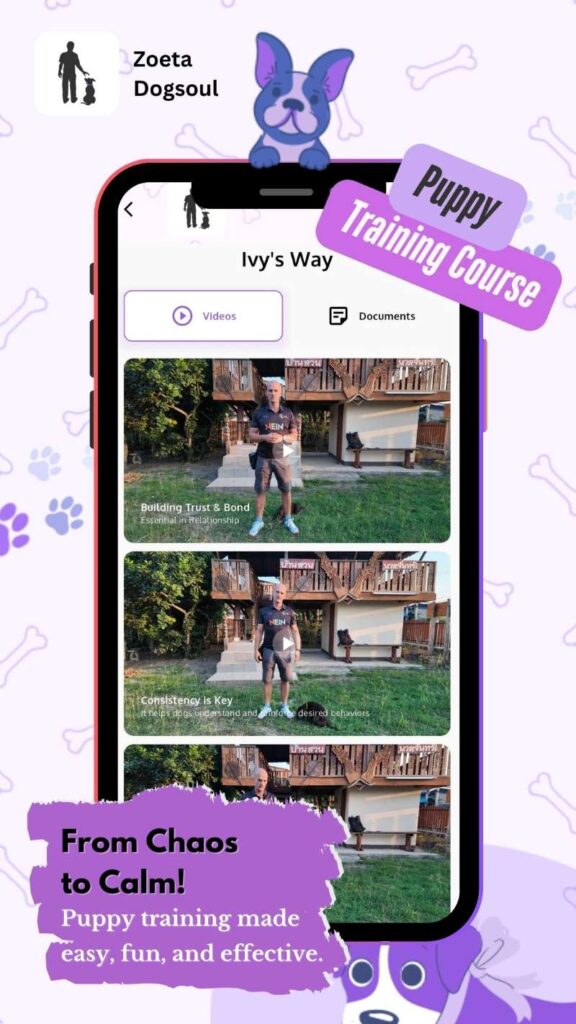
Conscious Coping or Reflexive Response? The Ongoing Debate
Are Displacement Behaviors Intentional or Automatic?
When your dog yawns during training or starts licking its lips in a tense moment, you might wonder why. Are these actions planned ways to cope, or do they just happen automatically? The answer is still up for debate in the canine science world. Some experts suggest displacement behaviors could be conscious—momentary strategies that let dogs shift their focus and regulate emotions, almost like pressing a mental “pause” button 🐾.
But, much of the evidence points to these behaviors being involuntary responses. They often happen so quickly that there probably isn’t much thought behind them. These actions seem to be built-in reflexes that help dogs release tension when stuck in emotionally tricky situations. So, your pup’s sudden sniffing or turning away could be more “autopilot” than planned.
How Do Past Experiences Shape Displacement Responses?
Describing all dogs with a one-size-fits-all label doesn’t do justice to their unique backgrounds. Dogs who have faced trauma, unreliable care, or harsh training may show more frequent or exaggerated displacement signals—even if the current situation seems mild. These early experiences kind of “prime” their bodies to be more sensitive to stress.
Dogs with confident, secure attachments are often less reactive. But pups with anxiety or trauma might use displacement behaviors as a go-to reaction when they feel even a little pressure. Every dog’s past helps shape their emotional reactions and the way they try to cope.
Why Does This Distinction Matter for You?
Whether your dog licks, yawns, or shakes as a conscious choice or reflex, the real takeaway is to pay attention. These actions are strong clues about your dog’s comfort level. Tuning in to these cues lets you step in before stress becomes overwhelming, giving your pup the support it needs and, over time, helping make your relationship stronger and more supportive.
With a clear picture of why these behaviors appear, you’ll be ready to notice when your dog is experiencing stress—no matter what the trigger might be.
Triggering Contexts: When to Watch for Displacement Behaviors
Recognizing Stressful Training Moments
We understand how challenging it can be to read your dog’s subtle signals during training sessions. When a dog is unsure of a task or feels rushed, you may catch them yawning, lip licking, or even suddenly sniffing the ground. These actions aren’t just quirks—they’re signals your dog is feeling some pressure or uncertainty. Spotting these behaviors early helps you adjust the session: try slowing down, lightening the mood, or offering reassurance to keep your dog confident and relaxed. Regularly seeing these clues lets you know when it’s time to pause and give your dog a break.
Social Encounters With Unfamiliar Dogs or People
Meeting new dogs or people can be stressful for your furry friend. You may notice your dog turns their head away, scratches, sniffs the ground, or offers a big, slow yawn. These displacement behaviors are their way of saying, “I’m not sure how to handle this situation.” Such moments of internal conflict—curiosity colliding with uncertainty—often spark these actions. Supporting your dog with gentle words and patience helps them navigate social awkwardness and builds their trust in you.
Navigating Stressful Environments
Veterinary visits or sudden life changes (like loud noises or a family move) can quickly escalate your dog’s stress. In these settings, look for signs like lip licking, shaking off, or increased scratching. Many dogs display these subtle behaviors as a way to release tension and regain control when their environment feels unpredictable. Responding with calm presence, comfort, and treats can make a big difference in helping your dog cope.
Owners who learn to spot these behaviors strengthen communication and help prevent anxiety from escalating. Staying in tune with your dog’s signals leads to a smoother, more understanding relationship.
Sniff. Yawn. Lick.
Not bored. Not tired. Just conflicted.
When a dog doesn’t know what to do, it does something else. And if we’re not paying attention, we’ll miss the moment that matters most.
Tiny Movements. Trembling Truths.
These small gestures aren’t distractions—they’re distress signals. Ground sniffing mid-task, yawning before a cue, lip-licking after praise. Your dog isn’t being difficult. It’s being honest.

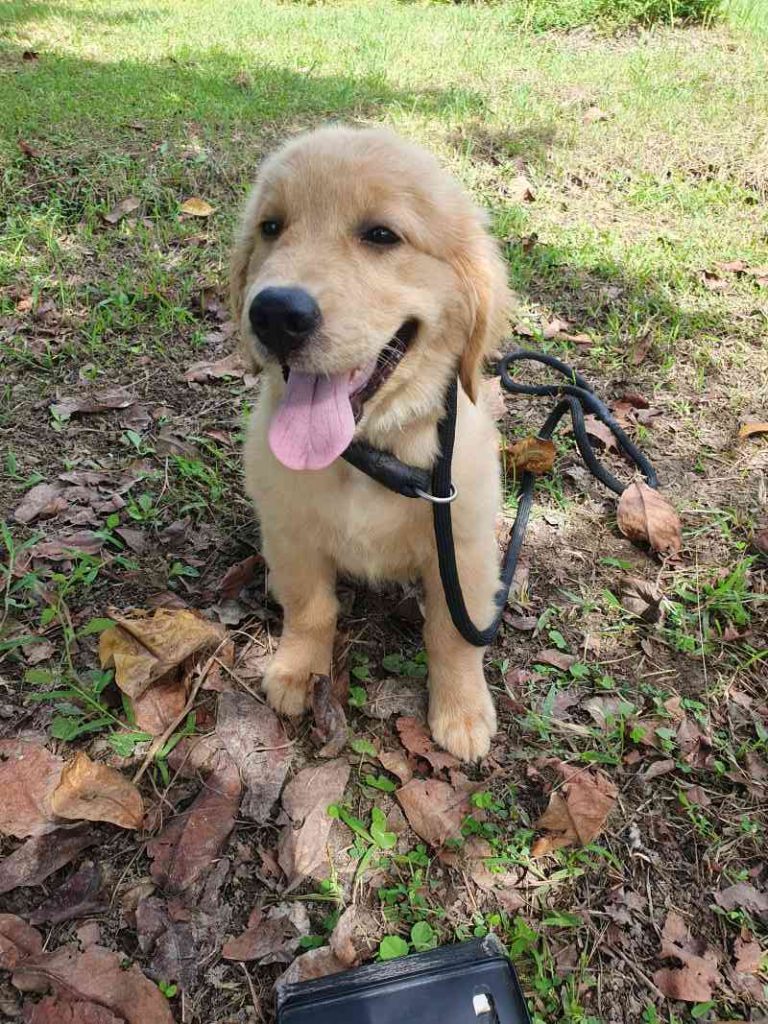
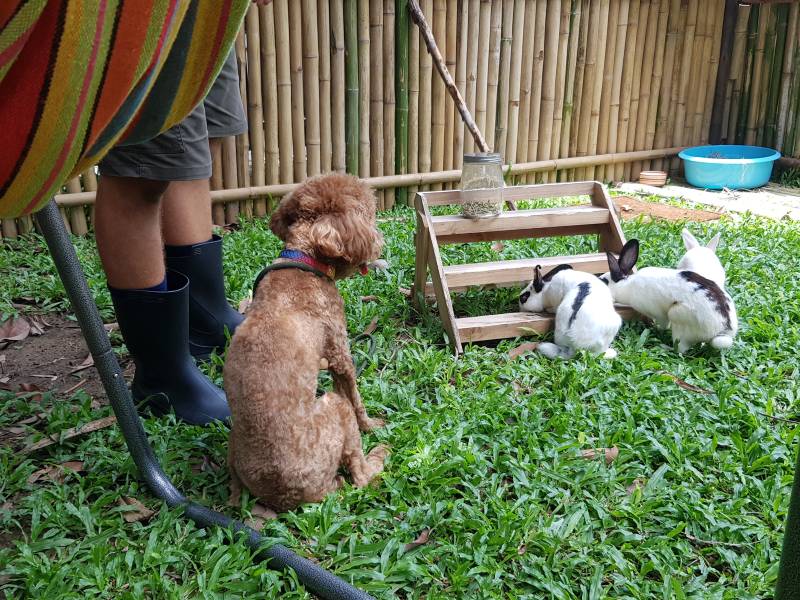
You Can’t Teach What You Don’t See.
Displacement isn’t disobedience. It’s data. It tells you when to slow down, soften your approach, or stop. Miss it, and you’ll escalate tension. Notice it, and you’ll build trust.
Individual and Breed Differences
Variation Among Individual Dogs
Every dog is unique, and so are their reactions to stress and conflict. Some pups will yawn or lick their lips at the tiniest change in routine, while others barely show any signs, even in noisy or strange places. A dog’s past experiences, temperament, and even past traumas play a huge role in how they cope. For example, dogs with insecure attachments or a history of trauma may display more frequent or pronounced displacement behaviors, even when faced with mild stressors. This means you might notice some dogs giving frequent stress signals while others seem unfazed in the same situation.
Breed-Specific Tendencies
Breed can also shape which displacement behaviors you see and how often. Certain breeds naturally have higher energy and anxiety levels, making them more prone to show behaviors like sniffing or shaking off during stressful times. For instance:
- Herding breeds (like Border Collies) might display more intense sniffing or body shaking when uncertain.
- Companion breeds (such as Cavalier King Charles Spaniels) may rely more on lip licking or turning away if they feel uncomfortable.
Breed differences don’t mean all dogs from a breed act the same, but they highlight tendencies that can guide expectations.
Recognizing Sensitivity
Some dogs are simply more sensitive to stress than others—regardless of breed. They’re likely to display displacement behaviors more often, especially in loud environments, during new experiences, or if they have a history of negative encounters. Recognizing these nuances can help you support your dog more effectively.
By paying attention to your dog’s individual and breed-based patterns, you can create a supportive atmosphere and adapt your interaction style. Understanding these differences leads to better communication and a happier canine companion.
Now that we’ve explored these unique variations, let’s look deeper at practical tools and strategies that can help owners and trainers respond with care and confidence.
Practical Applications for Dog Owners and Trainers
Responding to Displacement Behaviors in Real Time
We understand how confusing and even frustrating it can be when your dog starts yawning, licking lips, or sniffing the ground during a training session. These little actions are often a dog’s way of saying, “I’m not sure about this” or “I’m feeling a bit stressed.” Spotting these subtle signs can be a real game-changer for both trainers and dog parents! 🐾
When you notice signs like yawning, lip licking, or sudden ground sniffing, the best approach is to pause and assess the situation. Are you asking too much too fast? Is the environment overwhelming? Reducing pressure by making the task easier, shortening the session, or moving to a quieter place can make a huge difference. Giving your dog a moment to relax helps them feel safer and builds trust.
Adapting Your Training Approach
Here are practical steps to support your dog when you see displacement behaviors:
- Lower the intensity – Simplify the task or break it into smaller steps.
- Shorten training sessions to prevent overwhelm.
- Use plenty of praise and tasty treats (positive reinforcement) for even small successes.
- If your dog shows stress often, focus on easy, confidence-building exercises.
- Watch your timing—offer rewards quickly to keep things clear for your dog.
These small changes create a more supportive, positive atmosphere that encourages learning and reduces stress.
Building Confidence in Sensitive Dogs
Some dogs display stress behaviors more often than others. This may be due to past experiences or their natural temperament. For these dogs, go slower and celebrate every win, no matter how small. As your dog feels more confident and in control, you’ll notice less anxiety and better engagement.
Always remember that understanding your dog’s cues—like those small yawns or licks—is a key piece of stress-free, humane training. Responding thoughtfully helps your dog feel heard and valued, making learning fun for both of you 💡.
By creating an environment where dogs are comfortable and understood, the journey of building a lasting partnership becomes even more meaningful.
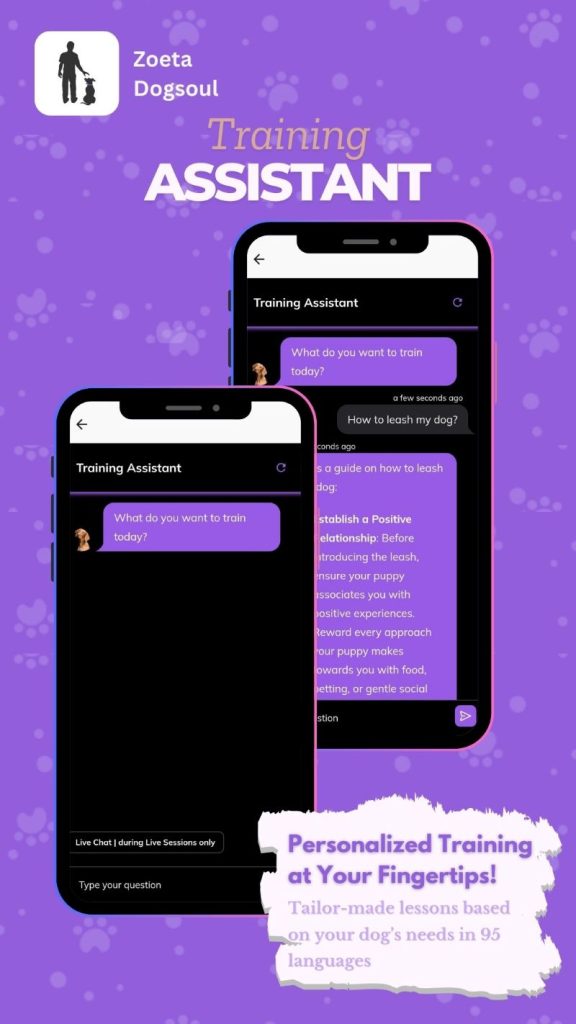
The Risks of Misinterpretation
Why Subtle Signs Matter
We understand how easy it is to miss the meaning behind a dog’s yawn or sudden ground sniff. But overlooking or misreading these small behaviors can have serious impacts on your dog’s well-being. When displacement behaviors like yawning, lip licking, or body shaking are ignored, it’s not just a missed message—it can set off a chain reaction leading to greater stress or unwanted behaviors.
What Happens When Signals Are Ignored
Displacement behaviors are more than “quirky” habits; they are warnings that your dog is overwhelmed, anxious, or conflicted. If these signs are brushed off as harmless or go unrecognized, you risk:
- Escalating anxiety that can turn into panic or fear.
- Aggressive outbursts if the dog feels cornered or misunderstood.
- Shutdown responses, where a dog stops engaging, making learning and bonding harder.
Misinterpreting these actions as mere obedience problems or even as calming signals can cause well-meaning owners to respond the wrong way—perhaps by increasing pressure or using ineffective training methods. This may make things worse over time, both for your dog’s behavior and your relationship.
Why Your Response Is Key
Appropriate human responses to displacement behaviors are essential. If you notice your dog yawning, lip-licking, or scratching at odd times, it’s time to pause and reassess what’s happening. Supportive steps include:
- Lower the pressure or intensity of the activity.
- Give your dog space and a moment to relax.
- Use gentle, positive reinforcement to reward calm behaviors.
Noticing and reacting kindly to these signals shows your dog they’re heard and safe with you—a huge step for reducing future stress and building trust.
Looking Deeper for a Stronger Bond
Understanding and respecting these behaviors goes a long way toward better communication, trust, and overall dog welfare. When you tune into these cues and act with empathy, you’re setting the stage for a positive, lasting bond with your canine companion.
Strengthening the Human-Animal Bond
Building Trust Through Understanding
We understand how important it is for you to feel connected with your dog. Recognizing displacement behaviors, like lip licking or yawning, is not just about preventing problems—it’s about deepening your relationship. When you notice these subtle cues, you’re showing your dog that you “get” them. This builds trust, because your dog learns that you will listen and respond when they feel uneasy or overwhelmed.
Communication and Relationship Quality
Being aware of small signals makes everyday interactions smoother and more enjoyable. For example, if your dog starts sniffing the ground during a stressful walk, giving them space can help them feel safe. Simple actions like pausing before continuing training or offering gentle reassurance make a big difference.
As you become confident in reading these cues, your dog will feel more understood. This reduces the risk of misunderstandings, like thinking stress yawns are boredom or defiance. Clear, supportive responses help your dog relax, leading to a happier home and a stronger bond.
Welfare Benefits of Compassionate Responses
Responding to displacement behaviors with patience and empathy has real welfare benefits. Dogs that feel safe and heard are less likely to develop chronic anxiety or react with aggression. Humane training methods, where pressure is reduced and encouragement is used, set the stage for learning and emotional growth.
Plus, dogs who trust their humans are more confident in new situations. The connection you build by paying attention to subtle signals is lasting. It helps your canine friend thrive, emotionally and behaviorally, each day.
Let’s keep looking for new ways to support our dogs’ emotional needs in everyday life.
Conclusion: Reading Between the Lines of Canine Communication
Why Noticing Displacement Behaviors Matters
Understanding your dog’s nonverbal cues is one of the most supportive gifts you can give your furry companion. Displacement behaviors—like yawning, lip licking, ground sniffing, or sudden body shaking—may look random, but they are important clues. These actions often signal emotional conflict, arousal, or stress. What makes them unique is their context: they show up when dogs feel torn between different motivations or when they’re trying to manage their emotions. By recognizing these signs, you can adjust your approach and act with compassion, rather than adding to your dog’s anxiety.
Key Stress Signals to Watch
Let’s quickly revisit the main behaviors covered:
- Yawning: This can reveal worry or tension, especially in new or busy places.
- Lip licking: Often happens when a dog feels uneasy or uncertain—pay attention if you see this during training or social introductions.
- Sniffing the ground: Sometimes just sniffing, but if it pops up suddenly, your dog might be redirecting stress.
- Body shaking: Like shaking off water, but it’s really a way to release built-up stress or frustration.
Each of these signals tells us, “I’m uncomfortable—please help me out.” When you listen, you become more attuned to your dog’s emotional needs.
Becoming a More Attentive Dog Guardian
Being able to “read between the lines” transforms you from a good dog owner to an exceptional one. By respecting your dog’s communication, you prevent problems before they snowball. You’ll build trust, improve training results, and create a safe, supportive relationship. Every dog deserves to feel understood, and every owner can learn to recognize these subtle cues for a happier, more confident pet life. 🐶

